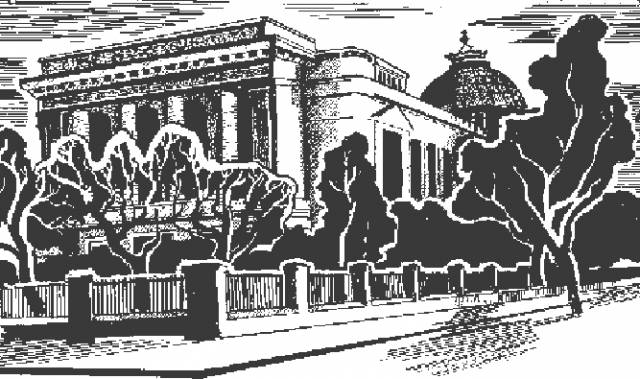Departament of chemical transformation of antibiotics
The department was established in 1987 by Professor Maria N. Preobrazhenskaya, who directs the Laboratory from 1987 to 2015. The department is a successor of the Group of Semisynthetic Antibiotic Derivatives organized in 1975 by D.Sc. L.S. Povarov and directed by him until 1987. Currently, the lab is headed Dr. Sci, Professor Andrey E. Shekotihin
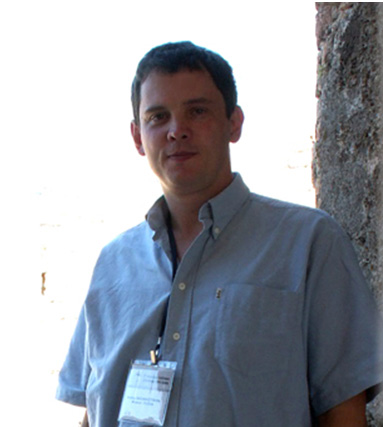
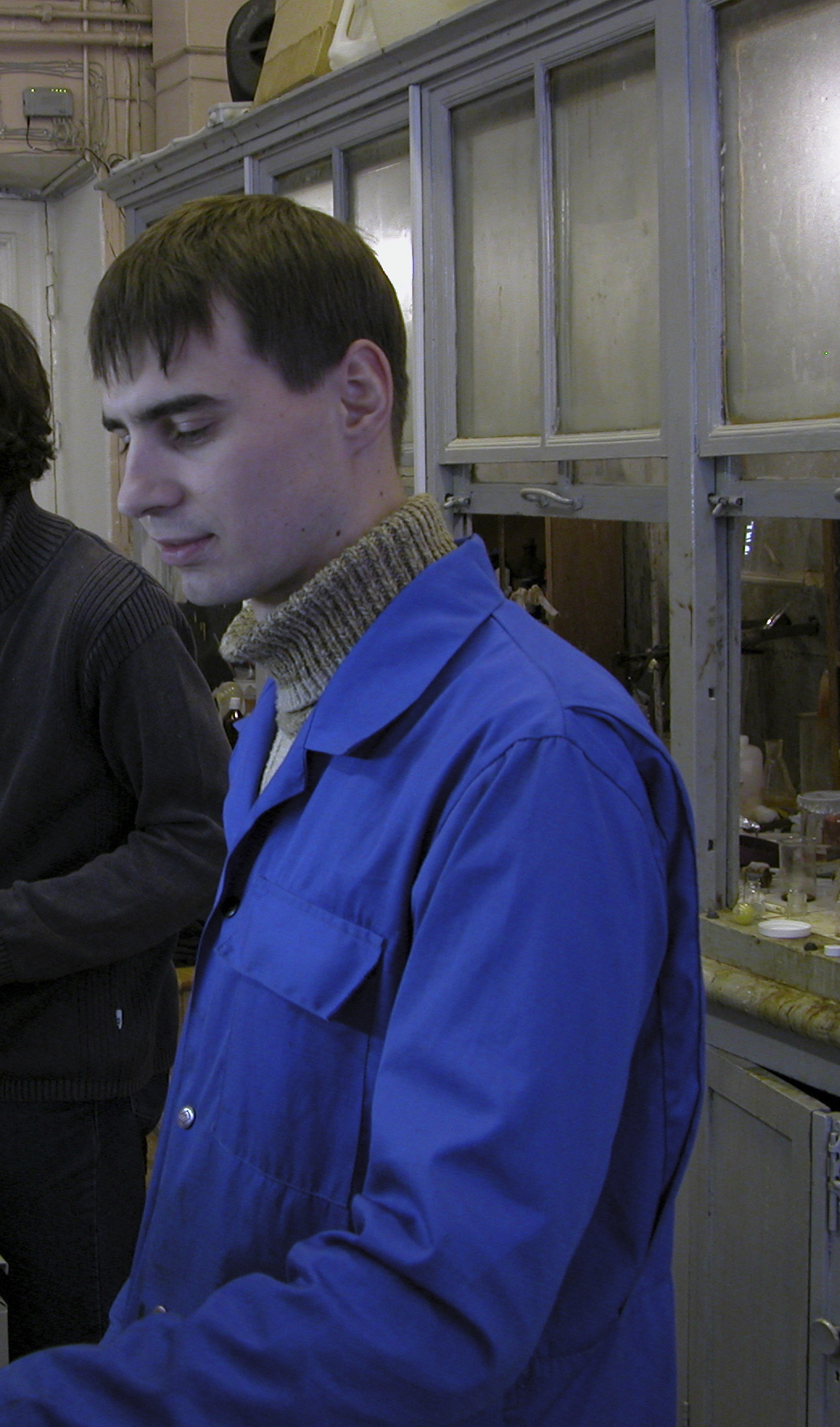
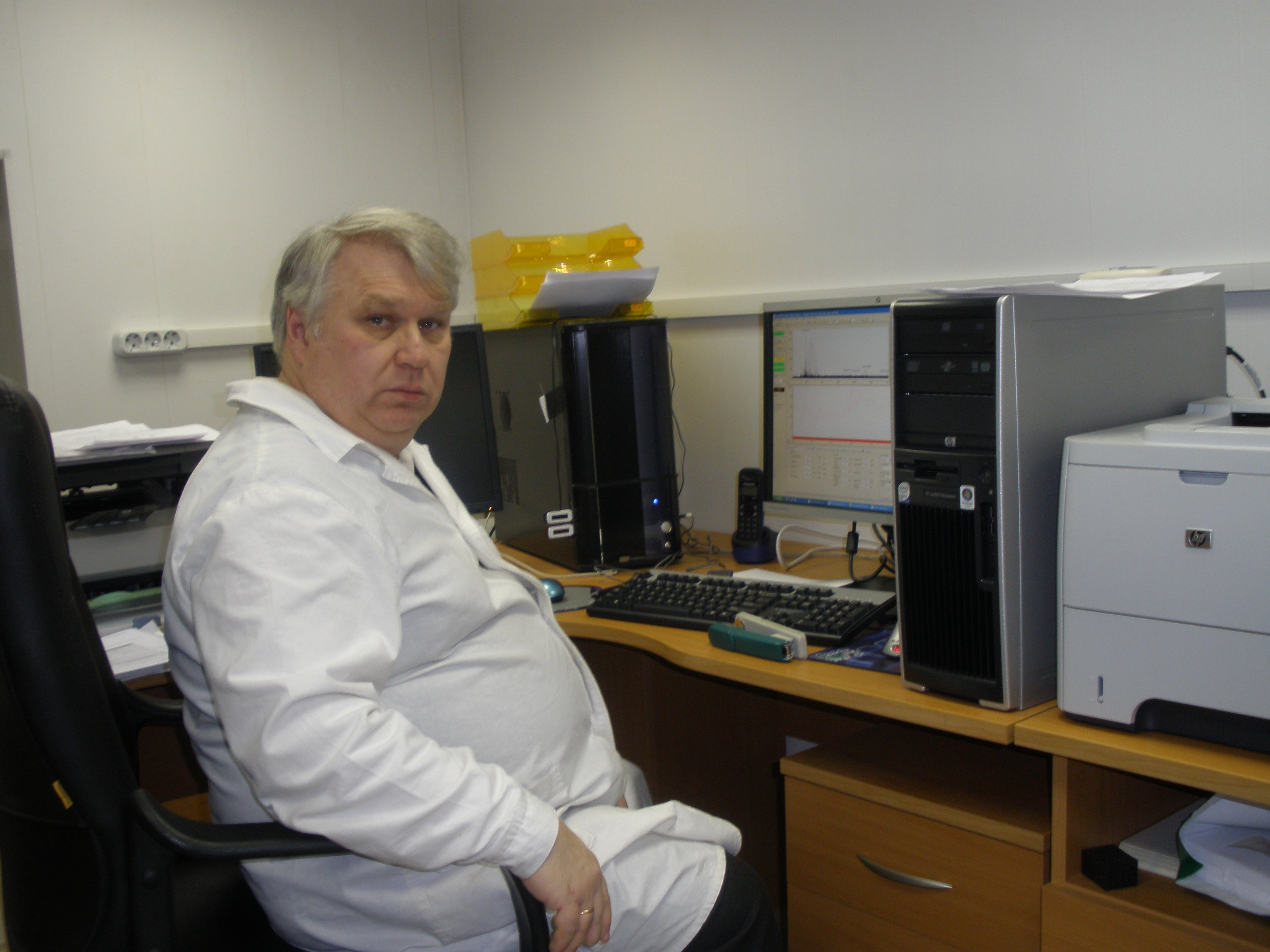
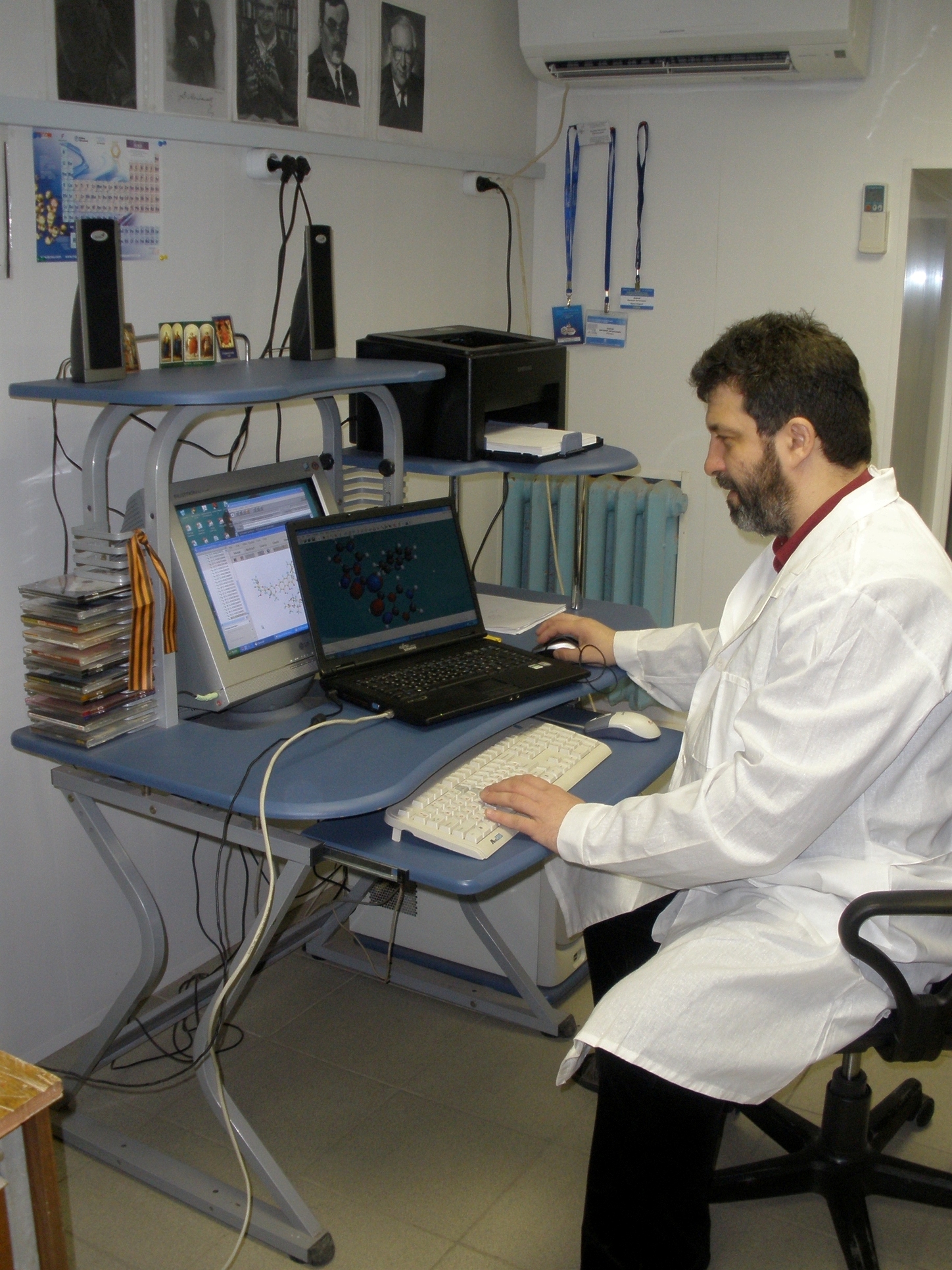
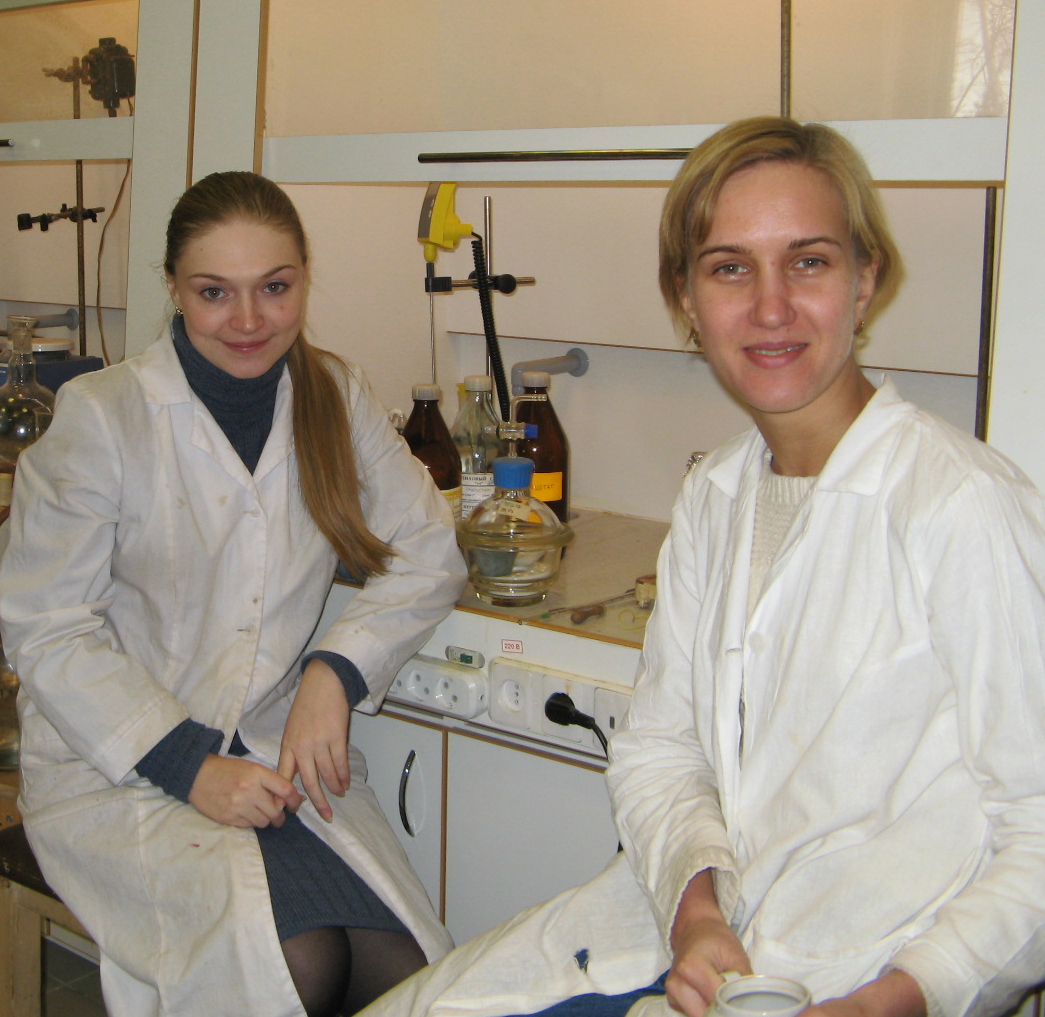
Faculty:
- Head of Lab, PhD, Dr. Sci, Professor of RAS Andrey E. Shchekotikhin
- Principal researcher, PhD, Dr. Sci. Alexander M. Korolev
- Principal researcher, PhD, Dr. Sci. Eugenia N. Olsufyeva
- Leading scientist, PhD, Dr. Sci. Anna N. Tevyashova
- Senior research associate, PhD Evgeny E. Bykov
- Senior research associate, PhD Lyubov G. Dezhenkova
- Senior research associate, PhD Sergey N. Lavrenov
- Senior research associate, PhD Lyudmila N. Lysenkova
- Senior research associate, PhD Alexander S. Tikhomirov
- Research associate Elena. N. Bychkova
- Research associate, PhD Alexander Yu. Simonov
- Research associate, PhD Svetlana E. Soloieva
- Junior research associate Georgy Y. Nadysev
- Junior research associate Olga A. Omelchuk
- Engineer, PhD Ivan V. Ivanov
- Engineer Natalia M. Malyutina
- Junior research associate Galina I. Buravchenko
- Laboratory assistant Alexey A. Panov
- Laboratory assistant Valeriya A. Litvinova
- Laboratory assistant Dariya V. Andreeva
- Laboratory assistant Elena I. Moiseenko
Research:
- Development of synthetic routes, chemical modifications and evaluation of biological potential of semisynthetic antibiotics and their synthetic analogs, primarily relating to the groups of glycopeptides, derivatives of polyannelated quinones, quinoxaline-1,4-dioxides, aureolic acid, polyenes, bisindolylmaleimides, salts of three(indolyl)methylium etc.
- Synthesis and investigation of G-quadruplex ligands.
- SAR analysis and study of mechanism of action of novel compounds on cancer/bacterial cells with different kinds of resistance to available medicines.
- Identification of lead compounds for the further development of the new chemotherapeutic agents and in-depth preclinical study.
- Molecular modeling of binding with potential targets, calculations of reactivity and chemical structure of bioactive compounds.
Major Achievements:
- Main directions of selective chemical transformations of antibacterial glycopeptides antibiotics have been developed; series of derivatives active towards vancomycin-sensitive and vancomycin-resistant strains of gram-positive bacteria have been prepared.
- A novel mechanism of activity of hydrophobic glycopeptide derivatives against vancomycin-resistant gram-positive bacteria has been proposed. This mechanism does not depend on the interaction with vancomycin target in Gram-positive bacteria, which is altered in resistant bacterial cells.
- Antiviral activity of antibacterial glycopeptide derivatives against several enveloped viruses ( HIV, VZV, HSV, SARS and others) has been demonstrated.
- Analogs of natural bis-indolylmaleimide antibiotics of a new type have been prepared; some of these analogs are strong inhibitors of bacterial or eukaryotic serine-threonine protein kinases.
- Series of heteroareneanthraquinones targeted to topoisomerase-I and telomerase have been synthesized, these derivatives inhibit growth of tumors in mice with implanted tumors.
- Methods of selective chemical modifications of natural and genetically modified antifungal polyene antibiotics were elaborated, some of new compounds were more active and less toxic than amphothericin B in neutrophilic mice infected with Candida albicans.
- Methods of chemical modification of antitumor antibiotic olivomycin A were elaborated and novel antibiotic derivatives with high antitumor activity in vivo and lower toxicity in comparison with olivomycin A were obtained.
- Methods of chemical modification of an inhibitor of ATP-ase Oligomycin A were developed.
- Biotransformation of ascorbigen has been studied and it was shown, that ascorbigen is a powerful modulator of nonspecific immunity and had a protective effect against bacterial and viral infections. It is also capable of alleviating toxic effects of antitumor drugs.
Publications:
Since 2000, 85 papers in International and Russian journals have been published, including two monographs and 6 reviews. Fourteen patents for inventions have been filed for and received. For detailed information, please see the list of publications
Scientific partners::
- Blokhin Cancer Center (Moscow, Russia).
- Mendeleev University of Chemical Technology of Russia (Moscow, Russia).
- Institute of Biomedical Chemistry (Moscow, Russia).
- Engelhardt Institute of Molecular Biology (Moscow, Russia).
- Moscow Technical University (Moscow, Russia).
- Zelinsky Institute of Organic Chemistry (Moscow, Russia).
- Moscow State University, Chemical Department (Moscow, Russia).
- BIOAN company.
- Biohimik company.
- Rega Institute KU Leuven (Leuven, Belgium).
- University of Udine, Department of Medicine (Udine, Italy).
- National Chung Hsing University, Institute of Biomedical Sciences (Taichung, Taiwan).
- All India Institute of Medical Sciences, Department of Biophysics (New Delhi, India).
- University of Debrecen, Departm
Contact information:
Gause Institute of New Antibiotics, Russian Academy of Medical Sciences, 11 Bolshaya Pirogovskaya Street, Moscow 119021, Russia Phone (7499) 245 3753, (7499) 246 0228; e-mail: shchekotikhin@mail.ru
